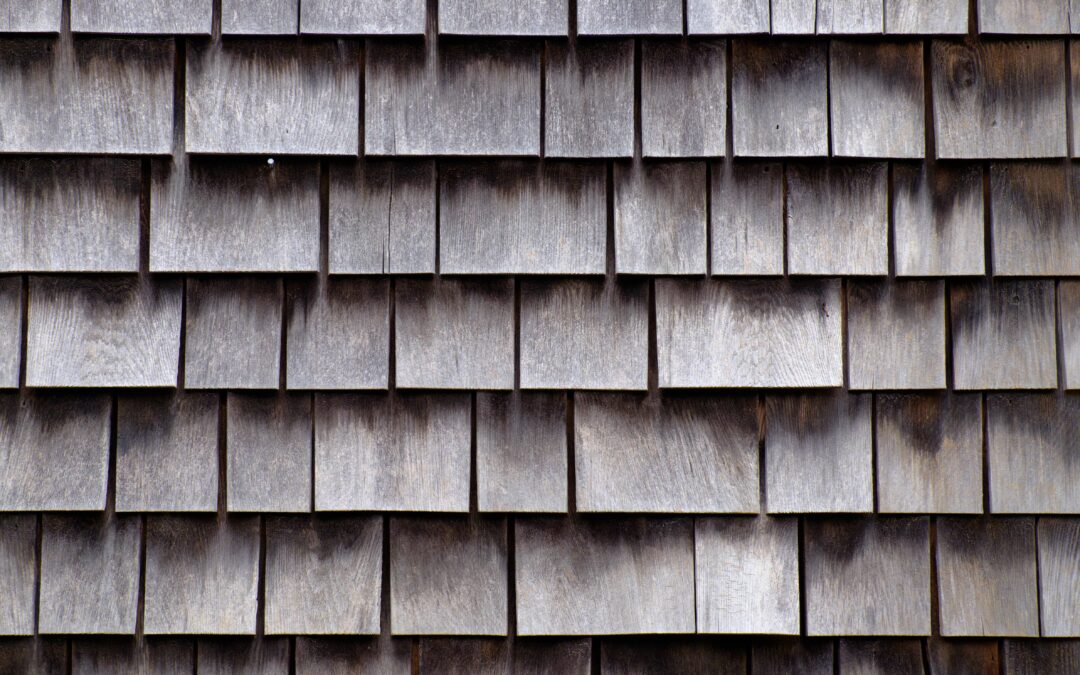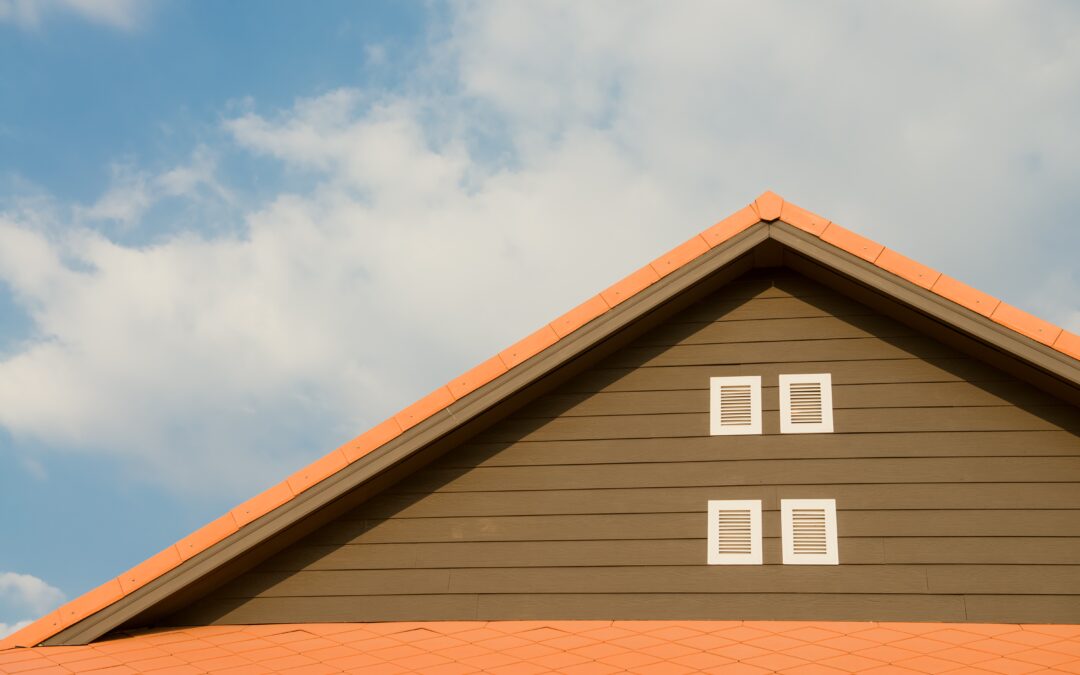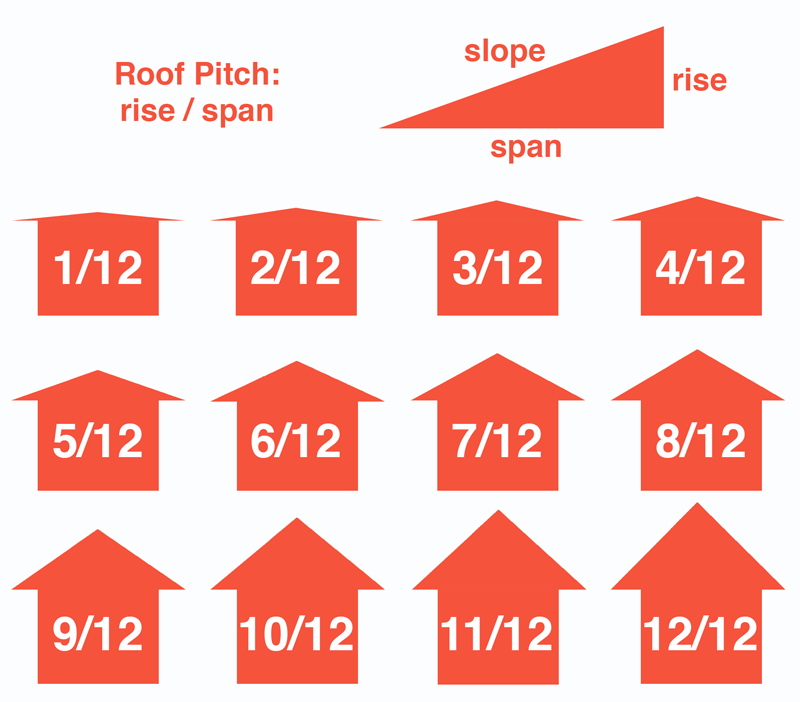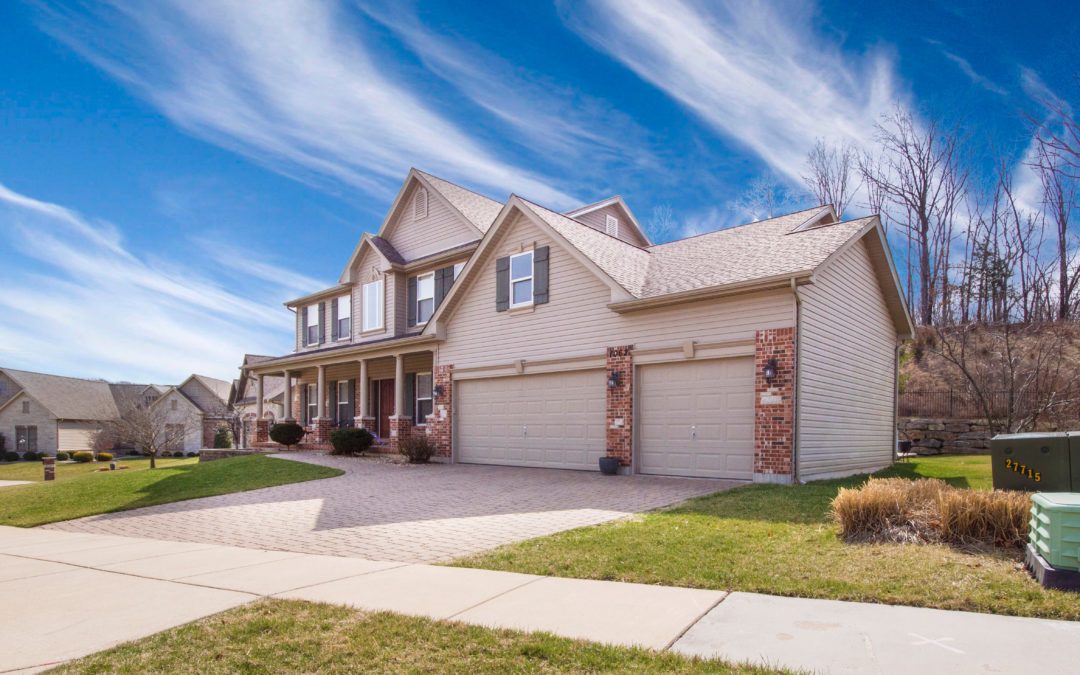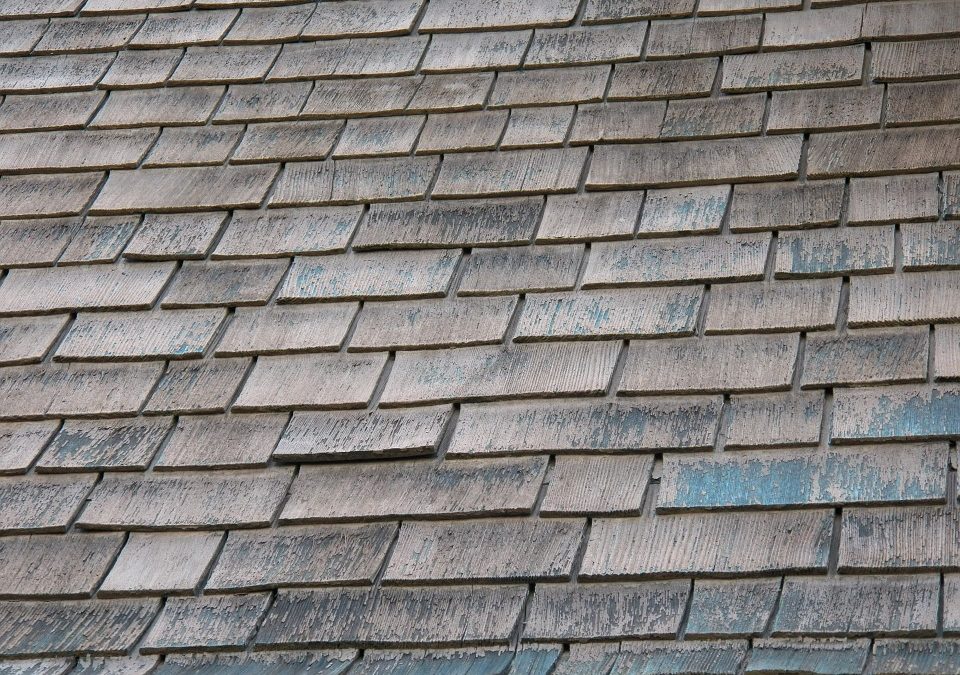
Curled Shingles — Repair or Replace?
There are a number of reasons shingles start to curl. Whether they’re just getting older, or you’re having trouble with attic ventilation, it’s not uncommon for some shingles to start to curl. But what do you do about them? Is it possible to repair some of those shingles, or do you really need to get them all replaced? Here’s what you need to know about addressing curled shingles:
Can I Repair Curled Shingles?
Let’s start with what seems like the easiest approach — a simple repair.
Yes, you can repair some instances of curled shingles, especially if you only have a few shingles that are showing problems.
It’s important to remember, though, that curled shingles are usually a sign of a greater problem. It could be that your roof is reaching the end of its life. It could also be that your roof isn’t properly ventilated, or even that your shingles weren’t properly installed in the first place.
So, even if you do choose to repair curled shingles, know that it’s just a temporary fix. In the long term, you’ll want a professional to come out and inspect your roof, and let you know what the problem is, and if it’s time to have a new roof installed.
How Do You Repair Curled Shingles?
If you’re only looking at a few curled shingles, you can make a few temporary repairs. There are two main ways to repair curled shingles, but they’ll only work if the curled shingles are still intact, and haven’t cracked or disintegrated. If your curled shingles are in decent shape, they’ve just curled up or down, you or your roofer should be able to make temporary repairs fairly easily. The process goes something like this:
-
- Gather supplies. You or your roofer will need a ladder to get on the roof, a hammer, roofing nails, and roofing mastic or sealant.
- Gently lift the curled shingle. You need to lift the shingle gently, so you or your roofer can apply a layer of the roofing mastic under the shingle. If you’re making the repair yourself, be careful not to apply roofing mastic to exposed portions of roofing.
- Tack down the shingle. If necessary, gently tack a roofing nail on each of the curled corners of the shingle.
- Apply brick or rock. If you’re not using roofing nails, just use a brick or a heavy rock to weigh down the curled shingle for about 24 hours. Once the roofing cement has solidified, you can remove the brick.
This repair procedure is great if you’ve only noticed a few curling shingles. Making repairs as soon as you notice these problem shingles is the way to go, as you can avoid any larger problems, like leaks or water damage. If you notice a large patch of shingles curling, it might be time for a replacement.
Replacing Curled Shingles
If a significant number of your shingles are curling, or if they’re curling so badly that your roofer won’t be able to flatten them back out, they’ll need to be replaced. In some situations, it is possible to replace just a few shingles but remember: if a lot of your shingles are curling, there’s likely a larger issue at play.
In this situation, it’s in your best interest to talk to your local roofer. At the very least, they can inspect the roof safely, and let you know what’s going wrong. In most cases where a significant number of your shingles have curled, it’s likely time for a new roof. If only a small section of your roof is experiencing problems, your roofer may be able to do a repair rather than a full replacement, but it’s still important to get an expert opinion before moving forward.
Do you have curling shingles? Werner Roofing can help! Give us a call at 616-844-5382 or contact us online for a free, no-obligation quote for curled shingle repair or replacement,

